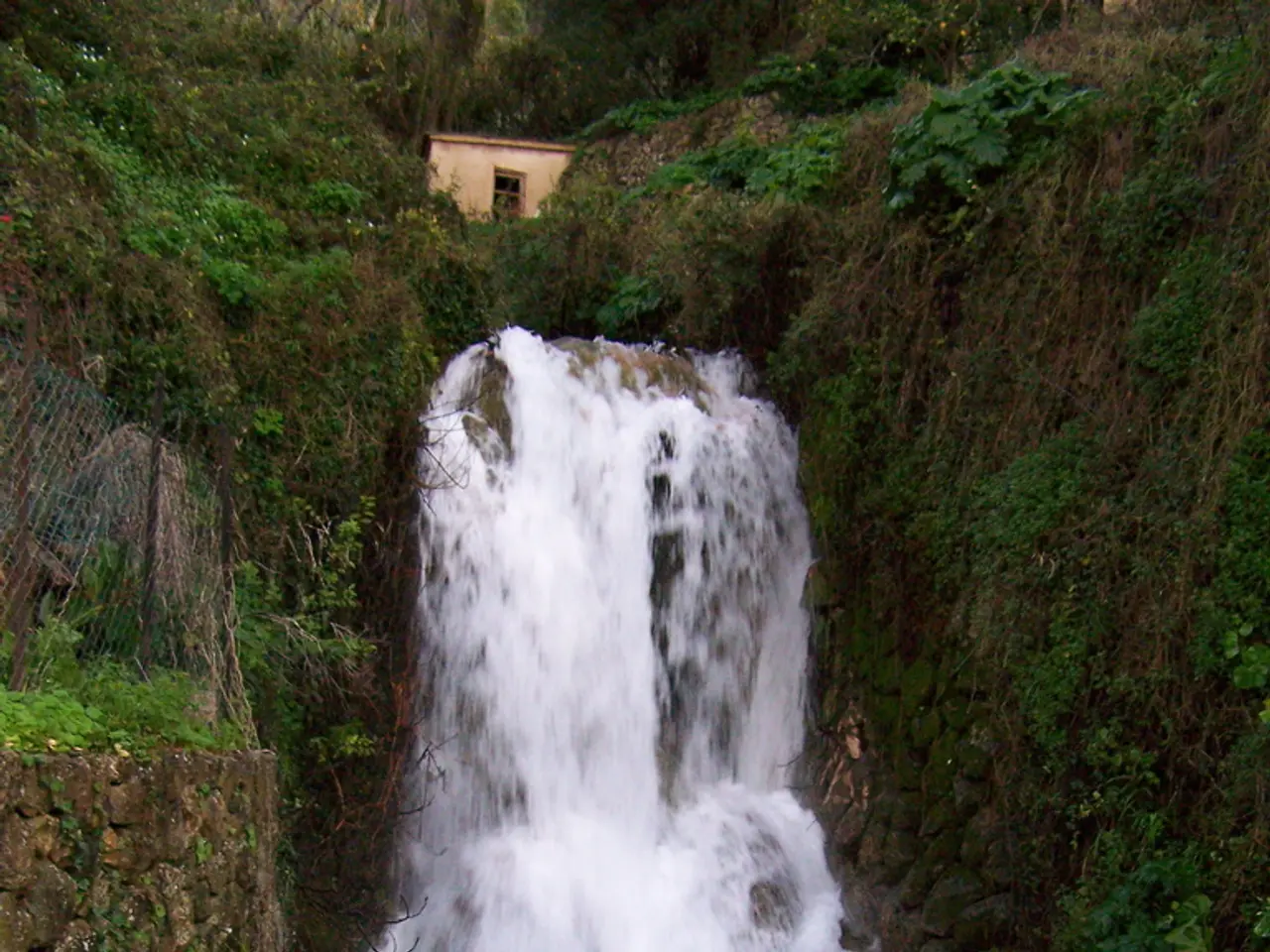Catastrophic flood in Texas Hill Country: Timeline of events leading up to, during, and after the deluge
In the predawn hours of July 4, 2021, Texas was hit by a devastating flash flood that left a trail of destruction and loss of life in its wake. The event, which occurred in the Texas Hill Country, particularly affected Kerr and Kendall counties, with the confirmed death toll reaching 129 as of Friday evening, according to the latest reports.
The disaster was preceded by a series of warnings and emergency measures. On July 1, the National Weather Service issued a flood watch for Kerrville, Texas, highlighting the risk of flash flooding through the night into Friday. Kerr County officials declared a disaster due to "extreme, life-threatening" flooding at 11:59 a.m. CT, and a flash flood emergency warning was issued for Kerr County at 4:43 a.m. CT.
However, the severity of the actual flood exceeded expectations and overwhelmed many residents. Emergency response plans were activated early, with resources pre-positioned in the region, including helicopters, drones, rescue teams, and hundreds of personnel ready to assist. Yet, the floodwaters rose extremely rapidly—the Guadalupe River surged 26 feet in just 45 minutes, reaching its second-highest level on record.
Despite the timely warnings, many people were asleep or did not receive the alerts in time, especially in rural areas with spotty cell service and among residents who may have opted out of emergency alerts or lacked NOAA weather radios. This was a significant factor in the tragic outcomes, with over 100 deaths statewide, more than 90 of them along the Guadalupe River, making this flood one of the deadliest in Texas history and ranking it among the top four deadliest Texas floods ever.
The response was significant, with over 1,000 local, state, and federal personnel involved and numerous rescue efforts underway immediately. The US Coast Guard's MH-65 air crew arrived in the area and began to rescue survivors at 6:30 p.m. CT. However, the flash flood's extreme rapidity and intensity led to tragic outcomes, with at least 103 lives claimed in Kerr County, Texas, alone.
Experts point to climate change as a key factor intensifying the storm's severity, with a warmer atmosphere holding more moisture and fueling heavy rains that led to catastrophic flooding. The raging river burst from its banks around 5 a.m. CT, sweeping homes, cars, campers, and cabins downstream. The water levels along the Guadalupe River in Kerrville hit 23.4 feet at 4:45 a.m. CT.
As search efforts for unaccounted flood victims are ongoing, the community continues to come together to support those affected by this devastating event. The Texas Division of Emergency Management activated state emergency response resources on July 26, 2021, due to increased threats of flooding in parts of West and Central Texas.
This tragedy serves as a stark reminder of the importance of being prepared for extreme weather events and the need for effective communication and warning systems, especially in areas with spotty cell service. It is a heart-wrenching reminder of the human cost of climate change and the urgent need for action to address it.
- The flash flood in Texas on July 4, 2021, which was one of the deadliest in the state's history, was preceded by a flood watch from the National Weather Service and a disaster declaration by Kerr County officials.
- Despite the timely warnings, many residents, particularly those in rural areas with weak cell service, were caught off guard, leading to over 100 deaths along the Guadalupe River.
- As the community continues to cope with the aftermath of the devastating flood, experts are calling for improved communication and warning systems, especially in areas susceptible to climate-induced extreme weather events.





